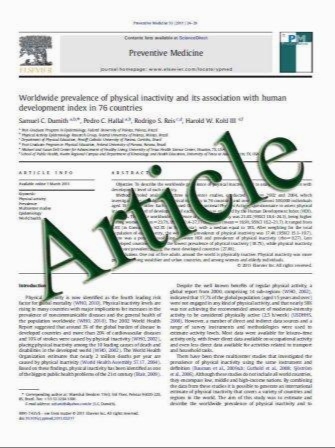Communication, perception and behaviour during a natural disaster involving a ‘Do Not Drink’ and a subsequent ‘Boil Water’ notice: a postal questionnaire study
- نوع فایل : کتاب
- زبان : انگلیسی
- مؤلف : Gabriella Rundblad1*, Olivia Knapton1, Paul R Hunter2
- چاپ و سال / کشور: 2010
Description
Background: During times of public health emergencies, effective communication between the emergency response agencies and the affected public is important to ensure that people protect themselves from injury or disease. In order to investigate compliance with public health advice during natural disasters, we examined consumer behaviour during two water notices that were issued as a result of serious flooding. During the summer of 2007, 140,000 homes in Gloucestershire, United Kingdom, that are supplied water from Mythe treatment works, lost their drinking water for up to 17 days. Consumers were issued a ‘Do Not Drink’ notice when the water was restored, which was subsequently replaced with a ‘Boil Water’ notice. The rare occurrence of two water notices provided a unique opportunity to compare compliance with public health advice. Information source use and other factors that may affect consumer perception and behaviour were also explored. Method: A postal questionnaire was sent to 1,000 randomly selected households. Chi-square, ANOVA, MANOVA and generalised estimating equation (with and without prior factor analysis) were used for quantitative analysis. Results: In terms of information sources, we found high use of and clear preference for the local radio throughout the incident, but family/friends/neighbours also proved crucial at the onset. Local newspapers and the water company were associated with clarity of advice and feeling informed, respectively. Older consumers and those in paid employment were particularly unlikely to read the official information leaflets. We also found a high degree of confusion regarding which notice was in place at which time, with correct recall varying between 23.2%-26.7%, and a great number of consumers believed two notices were in place simultaneously. In terms of behaviour, overall non-compliance levels were significantly higher for the ‘Do Not Drink’ notice (62.9%) compared to the ‘Boil Water’ notice (48.3%); consumers in paid employment were not likely to comply with advice. Non-compliance with the general advice to boil bowser water was noticeably lower (27.3%). Conclusion: Higher non-compliance during the ‘Do Not Drink’ notice was traced to the public’s limited knowledge of water notices and their folk beliefs about the protection offered from boiling water. We suggest that future information dissemination plans reduce reliance on official leaflets and maximise the potential of local media and personal networks. Current public health education programmes are recommended to attend to insufficient and incorrect public knowledge about precautionary actions.


